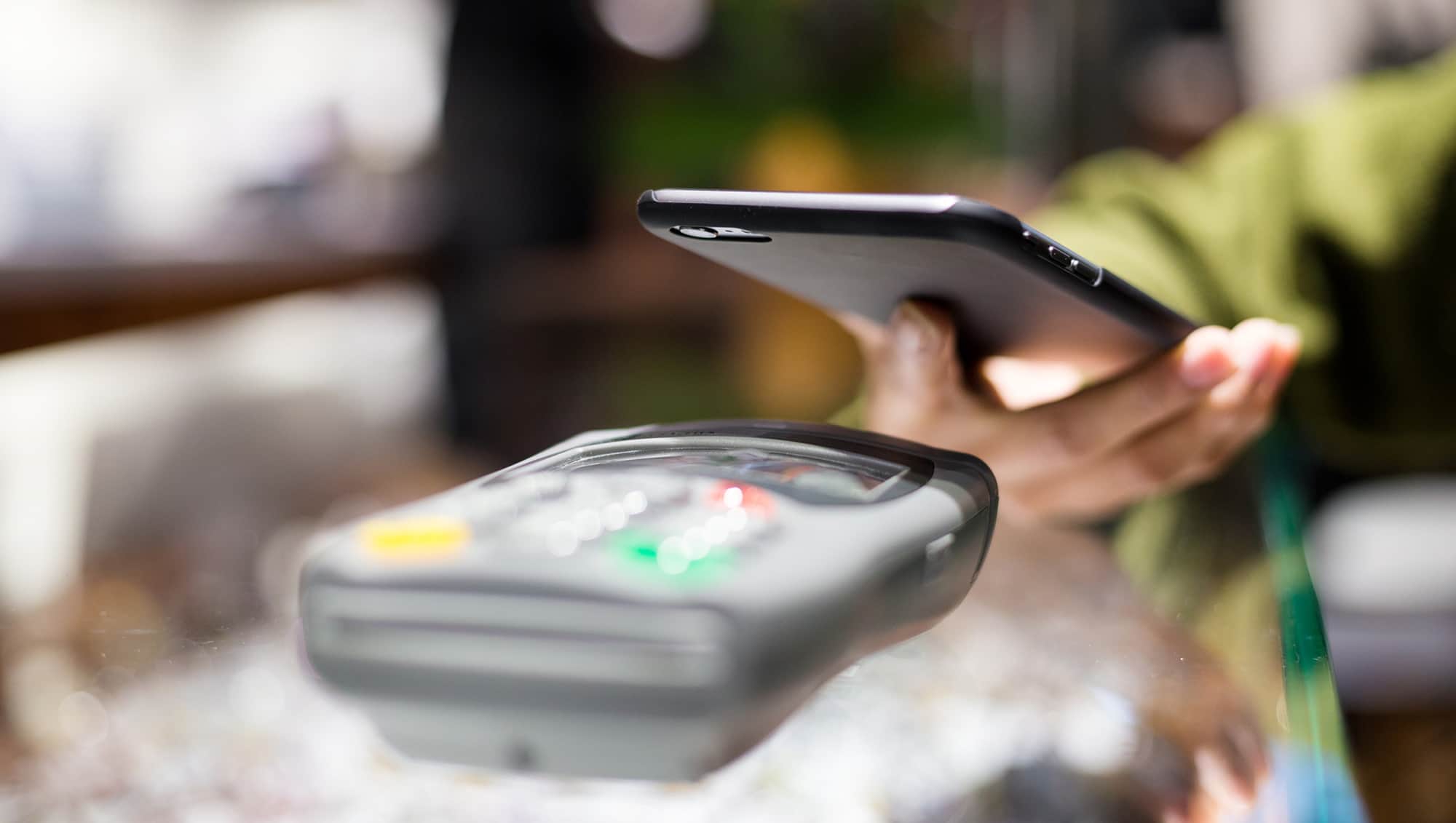We have witnessed a shift in how business is done, how companies are created, how they connect with people and make themselves known, and how they interact with their customers. Technology, data, and content are becoming key levers in an environment where speed is driving a new consumer-dominated economy. Marketing must also adapt to this digitized world, where businesses have new capabilities thanks to online platforms and search engines that make it possible to employ geolocation, connect with people on social media, and manage big data. New speech-recognition capabilities have prompted sectors such as the automotive industry to start exploring the possibilities of human-machine interaction, which allows drivers to get directions or control household devices via a virtual assistant.
Clear progress is being made in the application of these technologies in the business world. From the viewpoint of the platforms, a great battle is being waged over operating systems, search engines, content, e-commerce, and social media, as well as iCloud, artificial intelligence (AI), and the Internet of things. Very soon, Google and Facebook will no longer simply lead people to particular websites; they will make it possible to shop online without leaving their platforms.
Technologies that will eventually be applied in marketing will be developed by these platforms. Businesses need to look out for these launches so that they can put these technologies to use.
Battling platforms
Platforms are battling on multiple fronts. YouTube has made the leap to broadcasting in order to compete with content operators, while Apple and Google are making moves to challenge Spotify. Facebook leads the pack in social media, while iCloud is the dominant force on Amazon, although Google is giving it a run for its money. As for the Internet of things, the current question is which platform—Amazon Alexa, Google Now, Apple’s Siri, or Cortana for Android—provides the best AI solution for voice recognition. Clearly, technologies that will eventually be applied in marketing will be developed by these platforms. Businesses need to look out for these launches so that they can put these technologies to use.
Digital transformation makes businesses more efficient in their operations, allowing them to do more at lower cost. It also improves the customer experience and resolves intermediation in a more positive way, primarily because business-model modifications are accompanied by the addition of new intermediaries such as search engines.
Businesses such as chain stores, automakers, and financial institutions face different scenarios. Because of technology-driven changes in the brand-consumer relationship, agencies have had to undergo a drastic transformation in the way they understand marketing.
In the area of customer experience, stores are being reinvented. With Amazon Go, customers enter an establishment, make purchases using a mobile device, and leave without waiting in line. Walmart, meanwhile, has teamed up with Uber and Lyft to deliver its products without having to invest in its own fleet of vehicles. This is mediation as we know it today: a world in which even Amazon is vying to compete with large distributors in the sale of fresh food items.
Fintech companies gather and absorb knowledge and information about customers that banks are starting to miss out on.
Competitors without baggage
Progress has been most striking in the automotive industry. Vehicle manufacturing has advanced considerably, and partnerships have been formed with AI companies to design the car of the future. Ford and General Motors have integrated Alexa in order to develop Internet-connected vehicles capable of talking to the driver.
However, automakers’ major concern today is the vehicle ownership model. They don’t lose sleep over the economy, fuel prices, or climate change, but they do worry that within a few years people will stop wanting to buy cars. Their strategy will need to be reoriented towards new business models.
Finance is perhaps the industry that has shown the least agility in terms of dealing with the evolving brand-user relationship. In the area of customer experience, banks are using apps to streamline their business. In brokerage, fintech continues to expand, offering innovative services based on new technologies while gathering and absorbing knowledge and information about customers that financial institutions are starting to miss out on. Companies like PayPal are taking information away from banks, which used to know—through Visa—how much their customers were spending.
This changing and dynamic environment is leaving enormous openings for all sorts of competitors—large and small—that have no baggage from previous phases and are therefore able to operate with maximum agility. The only way for businesses to defend themselves is by innovating and adopting new mechanisms that involve consumers in decisions about their products and services, making the customers themselves the true center of the organization, and providing quick responses to their constant feedback.
© IE Insights.











